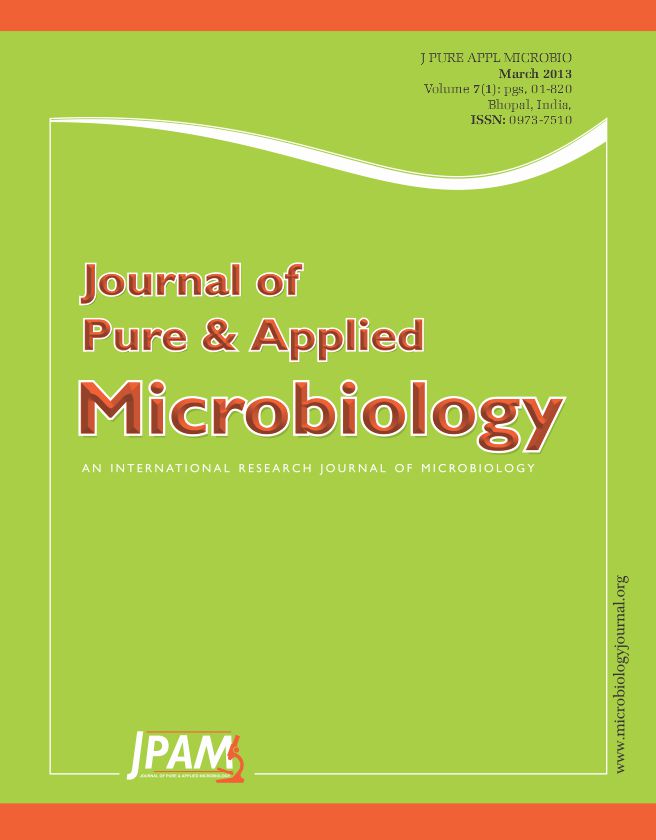Receptor tyrosine kinase inhibitors (RTKIs) has been found to be a potential candidate for the treatment of hepatocellular carcinoma.We have synthesized a novel series compounds as inhibitors of tyrosine kinases serine kinases.The objective of this research is to evaluate the efficacy and safety of BZG-4000. In vitro study determined 50% inhibition concentration (IC50) of nine compounds on ten human cancer cell lines using MTS assay. The cells were harvested respectively during the logarithmic growth period and counted with hemocytometer. The plate was incubated for 1-4 hours at 37 °C in a humidified, 5% CO2 atmosphere. The absorbance at 490 nm was recorded using SpectraMAX Plus microplate spectrophotometer. BZG-4000 005 was elected for in vivo study. Huh-7 cells were injected subcutaneously into nude mice to observe in vivo tumor growth. Inhibition rate of tumor volume was calculated. The results of IC50 of test articles on ten human cancer cell lines in MTS assay shown BZG-4000 005 inhibited the growth of three cell lines of liver cancer with doses from 0.01 µM up to 28.25µM. In addition, compared with the positive control drug, BZG-4000 005 significantly inhibited Huh-7 cell-derived tumor xenografts in Balb/c nude mice. In conclusion, BZG-4000 may be a potential and promising agent to treat liver cancer.
BZG-4000, In vitro and in vivo study, Anti-tumoral activity, Human hepatocellular carcinoma
© The Author(s) 2014. Open Access. This article is distributed under the terms of the Creative Commons Attribution 4.0 International License which permits unrestricted use, sharing, distribution, and reproduction in any medium, provided you give appropriate credit to the original author(s) and the source, provide a link to the Creative Commons license, and indicate if changes were made.


